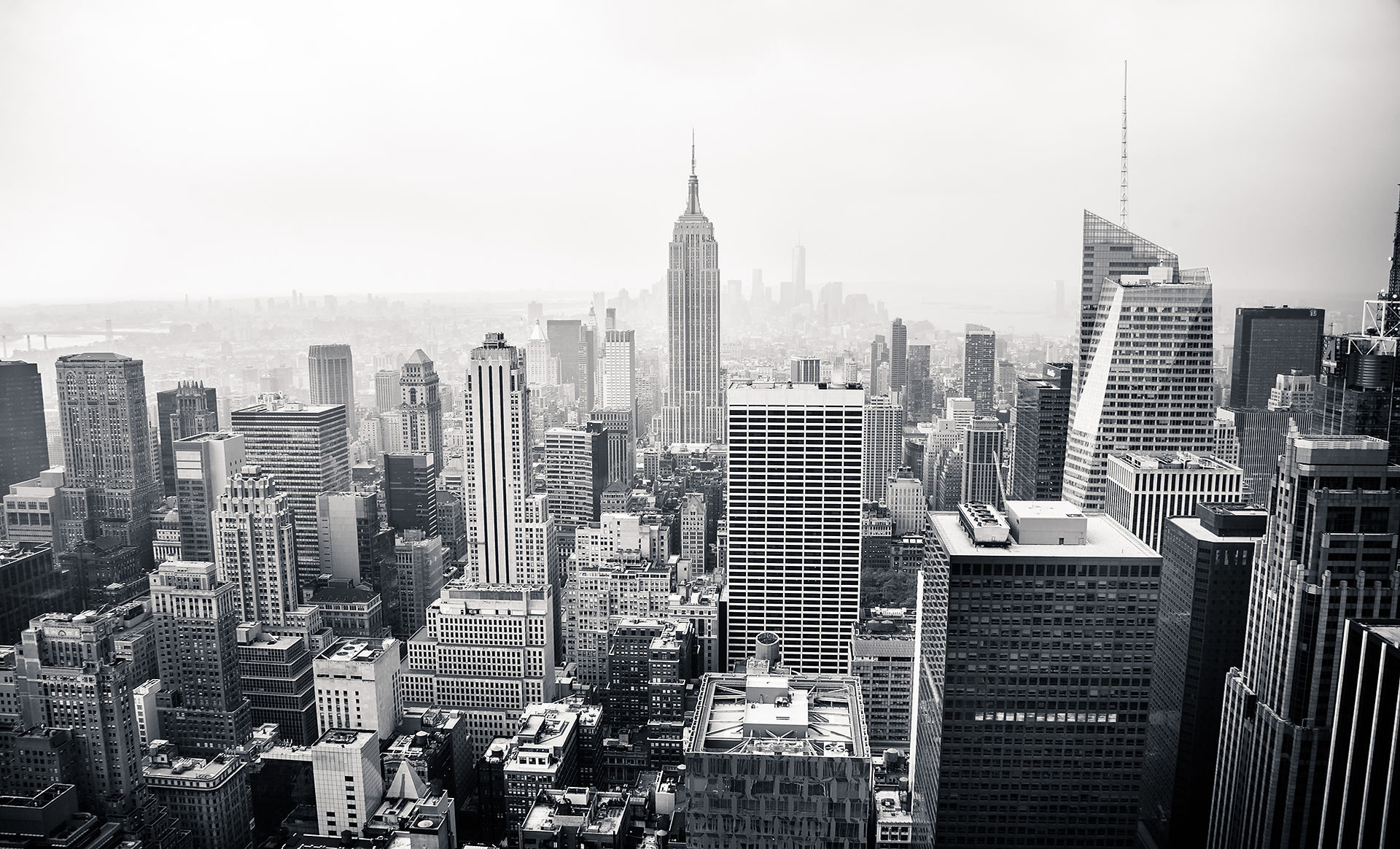
Mise-en-scène means "placing on stage". It describes the design aspects of a theatre or film production, which essentially means "visual theme" or "telling a story”.
When applied to the cinema, mise-en-scène refers to everything that appears before the camera and its arrangement—composition, sets, props, actors, costumes, and lighting.
The “mise-en-scène”, along with the cinematography and editing of a film, influence the verisimilitude or believability of a film in the eyes of its viewers. The various elements of design help express a film’s vision by generating a sense of time and space, as well as setting a mood, and sometimes suggesting a character’s state of mind. “Mise-en-scène” also includes the composition, which consists of the positioning and movement of actors, as well as objects, in the shot. These are all the areas overseen by the director.

The camera angle used in this scene is a wide shot that is positioned upwards to emphasise the power in which he holds. The forboding colour of the sky at night conotes evil and draws importance to him

The camera angle used in this scene is a mid length shot which shows the joker staring directly at the camera with a smug grin on this face. he is wearing bespoke clothing which is individual to himself. in this shot he dominates the screen and his presence fills the entire cell.


